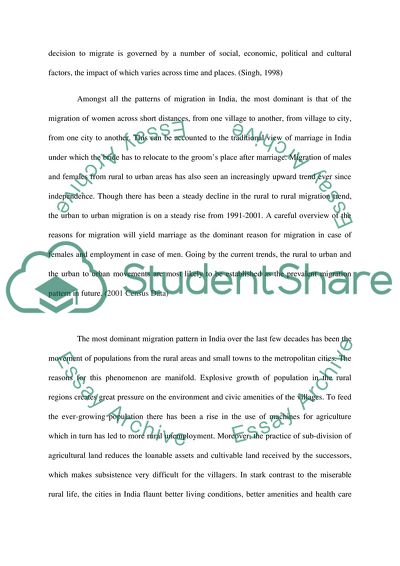Cite this document
(The Global Migration Process Case Study Example | Topics and Well Written Essays - 3000 words, n.d.)
The Global Migration Process Case Study Example | Topics and Well Written Essays - 3000 words. https://studentshare.org/sociology/1813906-three-case-study-reports-of-global-migration-process
The Global Migration Process Case Study Example | Topics and Well Written Essays - 3000 words. https://studentshare.org/sociology/1813906-three-case-study-reports-of-global-migration-process
(The Global Migration Process Case Study Example | Topics and Well Written Essays - 3000 Words)
The Global Migration Process Case Study Example | Topics and Well Written Essays - 3000 Words. https://studentshare.org/sociology/1813906-three-case-study-reports-of-global-migration-process.
The Global Migration Process Case Study Example | Topics and Well Written Essays - 3000 Words. https://studentshare.org/sociology/1813906-three-case-study-reports-of-global-migration-process.
“The Global Migration Process Case Study Example | Topics and Well Written Essays - 3000 Words”. https://studentshare.org/sociology/1813906-three-case-study-reports-of-global-migration-process.


